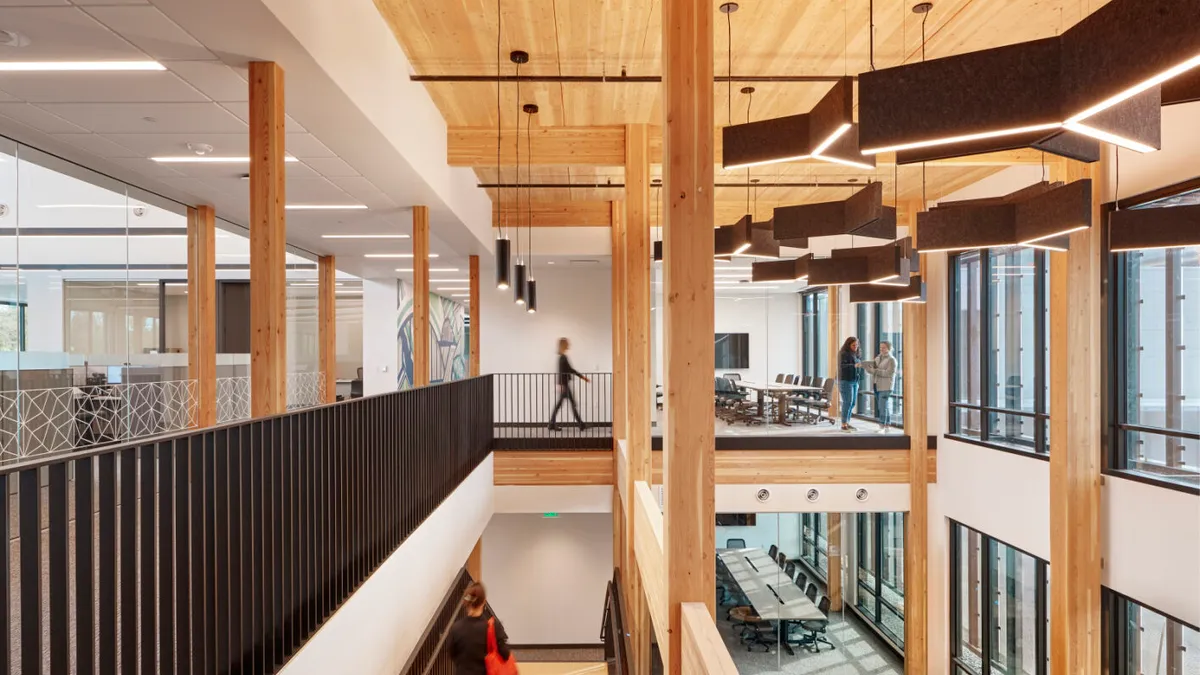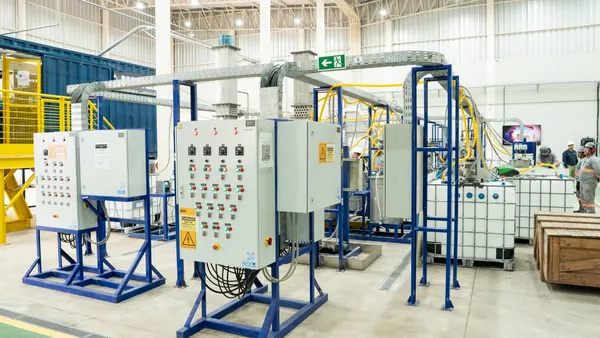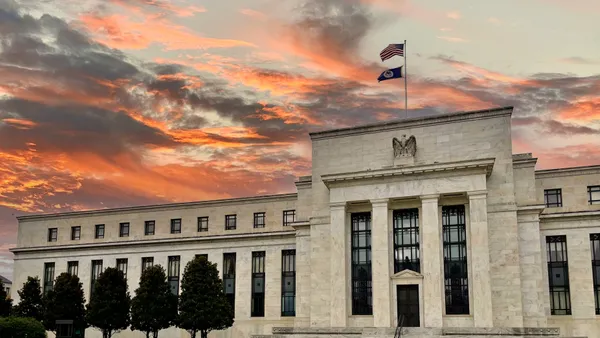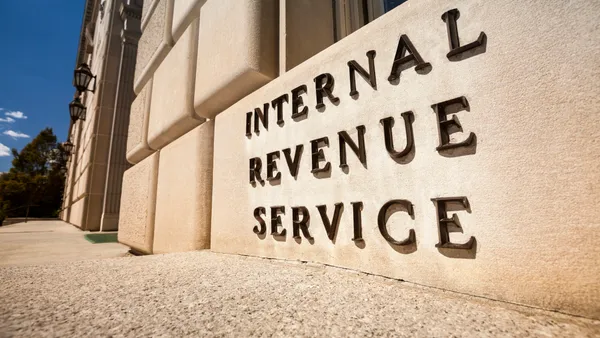Dive Brief:
- The total average cost of outfitting U.S. and Canadian office space with medium-quality finishes ticked up just 2.7% in 2023, downshifting from the 10.1% jump seen in 2022, according to a recent report from the commercial real estate and investment management company JLL.
- The average price tag for building out a medium-complexity open office floor plan project with small to medium-size workstations, and a 70/30 split between office/workstation seats and collaborative space, totaled $264 per rentable square foot in the U.S. last year, according to JLL’s U.S. & Canada Design Trends and Cost Guide. That’s up from $257, according to the year-earlier report.
- Contractors hungry to build business and the stabilizing cost of materials helped bring most of the components of office space outfitting back near pre-COVID-19 historical ranges, according to the report. One exception to moderating prices were tenant factors or choices — which comprise a small slice of the total cost but include office tech or AV equipment and systems — for which prices jumped 8.3% compared to 2022 when they held steady. For the broader nonresidential construction industry, average price inflation was roughly 4% for the same 2023 period, according to JLL.
Dive Insight:
The cost of transforming an office space from a shell into an inviting place to work is modulating as the broader U.S. office market is still reeling amid soaring office vacancies stemming from the shift toward hybrid and remote work since the pandemic. Many landlords are competing for office tenants by offering generous concessions as demand for offices have plummeted, CFO Dive previously reported.
Indeed, just a few years ago the change was something that might have been hard for the real estate industry to predict, Andrew Volz, Americas Research Manager, Project and Development Services at JLL, said in an interview. Now, what first took hold in the wake of pandemic closures appears to be sticking: the number of days workers in the U.S. and Canada are spending in the office hovers at just 3.1 days per week, with Wednesday being the most popular in-office day, according to the report.
That has left employers evaluating their workplaces and trying to upgrade their physical spaces to make them more flexible and spur productivity gains that will both draw more people back to the office, as well as to better support employees working with one another from both remote and on premises locations. “It’s here to stay and it’s being physically accommodated in the built environment,” Volz said, adding that companies are seeking to optimize their workplaces and make the experience of employees collaborating seamless.
The jump in tenant factor costs comes as companies are spending more on specialized tech, such as full-body videos that make collaborative virtual meetings feel more real, he said. Specific items in that portion of costs include video conferencing equipment, digital signage for desk/room reservations and sensors for smart facilities management.
There are ways CFOs can keep tenant factors down, Volz said. “Look to optimize, not omit,” he said in an email. “Technology like AV plays a pivotal role in enabling and supporting hybrid work, keeping employees connected whether working from home, from multiple offices or third locations. Prioritizing the right technology in the right spaces is key to controlling costs by investing in technology that drives performance.”
Still, there are other factors driving decisions about office space, the report says. Companies are also approaching fitting out their offices to meet their sustainability goals. For example, instead of developing a new 70,000 square-foot headquarters, JLL worked with a textile company to renovate an existing 40,000 square-foot building constructed in the 1960s in a project that included adding half of a fourth floor and a full-interior fit out. The environmental impact of the rehab was 42% lower than a new building, according to the report.














